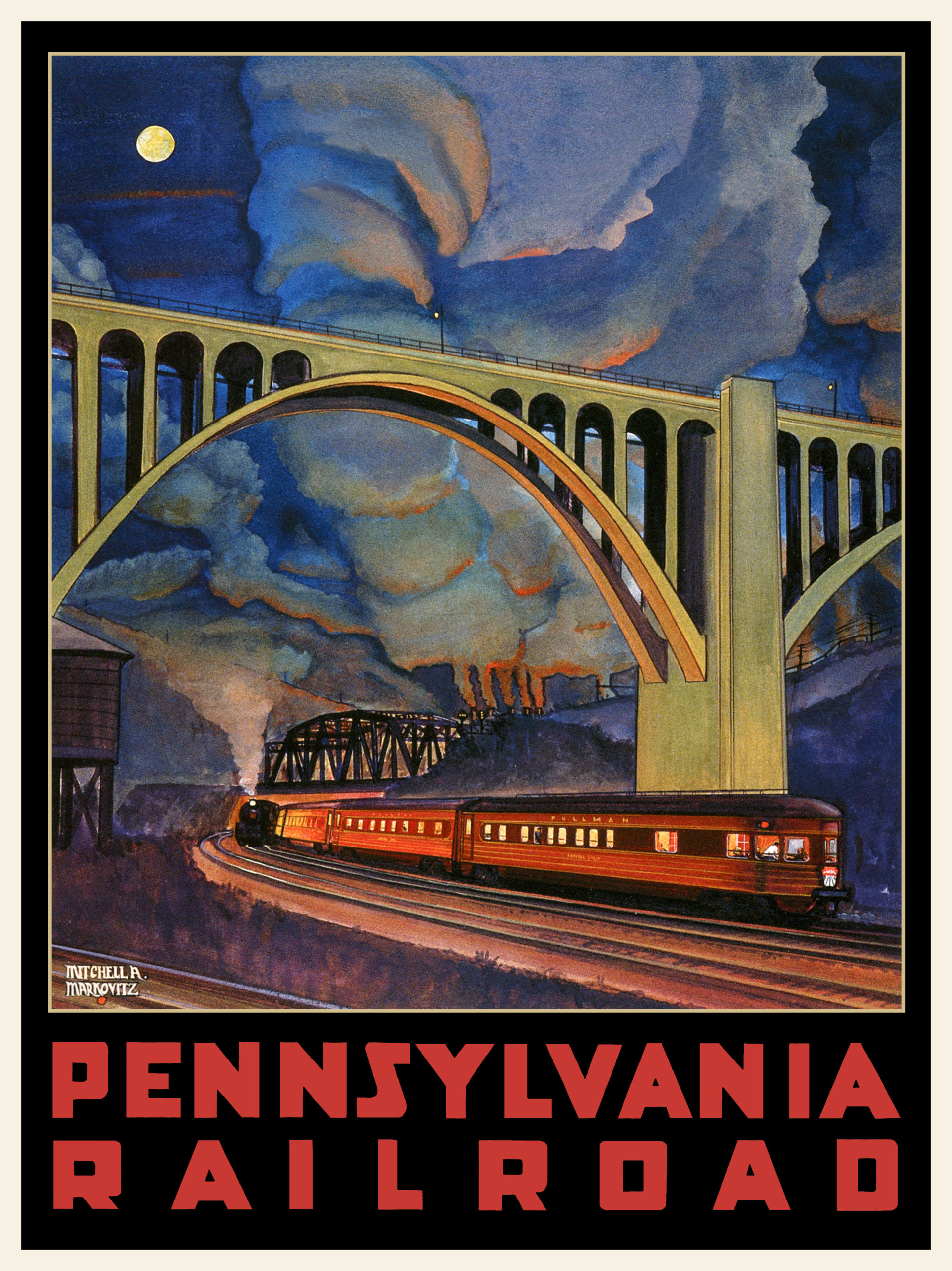Tuesday, June 28, 2022
7:00 p.m. (U.S. Central Time), on Zoom
Registration closes on Monday, June 27 at 4:30 p.m. (CST)
John Sanderson will discuss the origins and progress of his on-going photographic series titled Railroad Landscapes. This project explores the territory adjacent to America’s railways using large format film cameras. An ongoing project since 2009, this work has taken him throughout the United States in search of photographs. Along the way, Sanderson has captured the unique way the American railroad bisects cities, towns, countryside and vast wilderness. The project deliberately leaves the train out of the picture, reflecting instead, as Sanderson says “on the landscape as something independent of its intended use.”
John Sanderson is drawn to broad topographical subjects within the United States. It is in the outdoors that he feels most creative. His photographs reconcile American motives of impermanence, and expansion within the contemporary landscape. His projects include themes such as transportation, leisure, residence, industry, and decay. The influence of growing up in New York City’s Midtown Manhattan underpins much of Sanderson’s work, which is rooted in a passion for architectural design. He captures photographs for each project with multiple large format film cameras as well as smaller digital cameras as needed. Sanderson’s photographs have been featured in a variety of publications such as: PDN Magazine, Slate Magazine, BBC News, The Wall Street Journal, Lenscratch, and NBC News. Two projects, Fallen Flags and Railroad Landscapes, have been the subject of several solo and group exhibitions. His work resides in a number of private and public collections including the Figge Museum of Art, MTA Metro North Railroad, New York Transit Museum, Center for Railroad Photography & Art, and the special collection libraries of the International Center of Photography, Amon Carter Museum, and UC Berkeley. Zatara Press published his Carbon County project in 2019.
This event is free.
 Grain Elevator, Sayre, OK
Grain Elevator, Sayre, OK
 John Sanderson
John Sanderson







 Railroad Workers (Adzing for Tie Plates). Leonhard Sandrock, ca. 1910. From the collection of Grohmann Museum at Milwaukee School of Engineering
Railroad Workers (Adzing for Tie Plates). Leonhard Sandrock, ca. 1910. From the collection of Grohmann Museum at Milwaukee School of Engineering James Kieselburg, director at the Grohmann Museum at Milwaukee School of Engineering
James Kieselburg, director at the Grohmann Museum at Milwaukee School of Engineering

